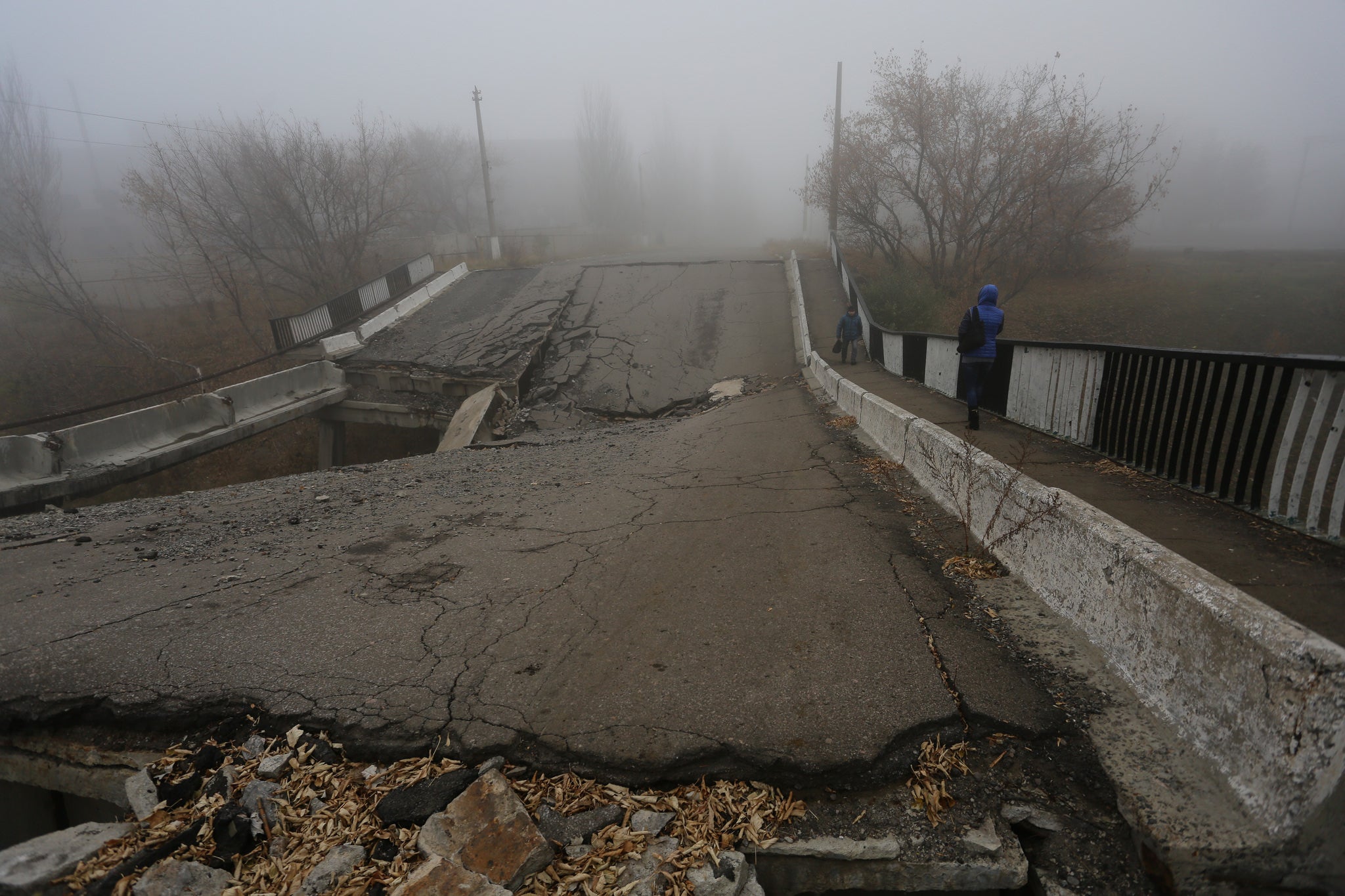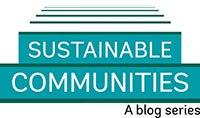
Lessons learned over time from post-conflict recovery and reconstruction efforts reflect the need to reinforce stabilization immediately following the end of a conflict.
Being ready in advance with a recovery and reconstruction plan is one way to ensure that critical interventions can be implemented quickly following the cessation of hostilities.This can be achieved to a large extent by coordinating with humanitarian efforts in the recovery continuum during active conflict.
Such a plan helps to identify actionable opportunities that can help to support local-level recovery. This includes immediate improvements in services and enhancing livelihood opportunities essential to establishing popular confidence in state institutions and to fostering social cohesion.
Thanks to new technologies, the WBG can estimate a baseline level of destruction while a conflict is still ongoing. The data can be gathered via remote sensing (through satellite imagery and social media tracking), and then can be verified by sources on the ground. Over the past two years, the WBG and its partners have used this dynamic needs assessment approach for the Syria, Iraq and Yemen crises.
The rapid, remote-based assessment methodology was used for the first time for assessing damages in Syria to support humanitarian work and building knowledge for the post-war effort. The approach was then replicated in Iraq to analyze the impact on infrastructure and service delivery in the towns liberated from ISIS, in order to help design an emergency recovery operation. The methodology continues to be refined in Yemen.
Accordingly, rapid remote sensing assessments have proven critical in the aftermath of natural disasters. Disasters and conflict require a similar rapid response, and the nexus between disasters and conflict, and how the international community can effectively respond to them will be discussed during the next Resilience Dialogue, which is one of the key sessions of the World Bank’s 2016 Fragility Forum.



Join the Conversation